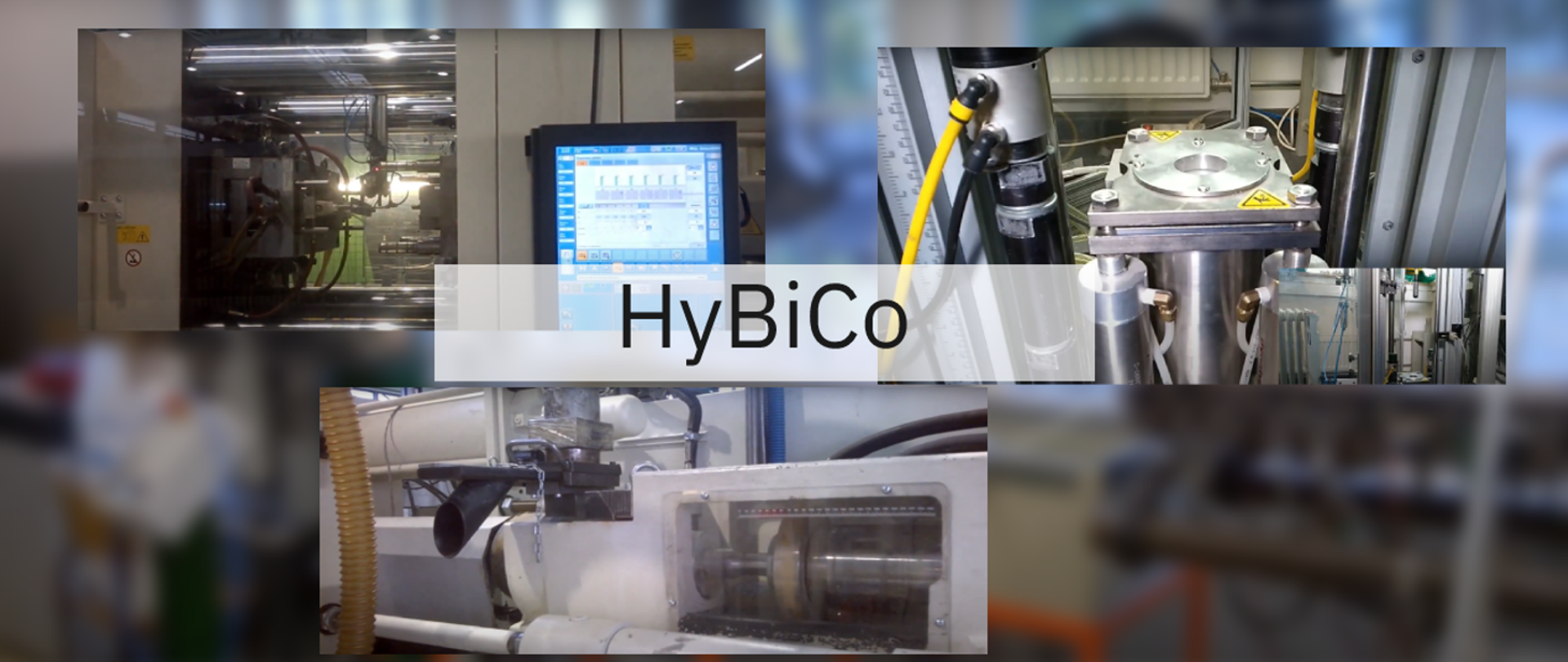HyBiCo

 Project title
Project title
High performance short-fibre biobased hybrid composites for injection moulding (HyBiCo)
High-strength hybrid composites for injection moulding reinforced with fibres from natural raw materials (HyBiCo)
 Name of Beneficiary/Beneficiaries
Name of Beneficiary/Beneficiaries
- West Pomeranian University of Technology in Szczecin (coordination)
- Ekotex Sp. z o.o.
- DTJ Sp. z o.o.
- Gamaplast K.J. Gamalczyk i Wspólnicy sp. k
- Riga Technical University
- Kaunas University of Technology
 Name of programme
Name of programme
M-ERA.NET 2
 Competition
Competition
M-ERA.NET Joint Call 2016
 Project value
Project value
EUR 545 000
 Funding value
Funding value
EUR 523 000
 Project delivery period
Project delivery period
from 01.03.2017 01.03.2020 r.
Meet our team
ZUT in Szczecin:
- Professor Eng. Andrzej Błędzki, PhD - Coordinator
- Eng. Piotr Franciszczak - Principal Contractor
Ekotex:
- MSc Marek Radwański
DTJ:
- Damian Kaminiarz, MA
Gamaplast:
- MSc Michał Gamalczyk
See the result of our work
What problem does our project solve?
The aim of the project was to develop new hybrid injection-moulded composites reinforced with short fibres from natural raw materials, thus addressing the need for lightweight structural materials with high strength. Two types of composites have been developed:
- The first polypropylene composite developed used a hybrid reinforcement of regenerated cellulose fibres and lignocellulosic microfibres - wood flour and microfibres extracted from cereal hulls. This hybridisation contributes to a reduction in material cost and increases the proportion of reinforcement of natural origin. The brittleness problem characteristic of wood flour reinforced composites (so-called WPC) is also eliminated.
- The second type of composite developed is polypropylene reinforced with PET polyester fibres, with recycled r-PET once bio-PET is possible. This composite is characterised by very high impact strength and easy processing.
Who is going to benefit from the project results?
The developed materials can easily be put into production in any injection moulding plant, as confirmed by the injection of demonstration products at Gamaplast. They are dedicated to companies seeking new material solutions for their products. Including biobased products and higher impact products. The use of regenerated cellulose fibres, lignocellulose microfibres and PET fibres instead of glass fibres facilitates the utilisation of the developed composites through energy recycling.
We anticipate presenting the project at this year's 11th edition of KOMPOZYTY-EXPO in Krakow on 28-29 September 2022. In the case of two years, this possibility was not available.
Which aspect of the project implementation have we found to be the most challenging?
Various bureaucratic rules and regulations. Additional difficulties also arose from various variable restrictions during the pandemic period. However, thanks to the effective cooperation between the university's management and the management of the partner companies, the aforementioned obstacles were overcome and the project's objectives were fully realised without significant time overruns.
Our advice to other applicants
Don't give up if you don't manage to get funding at the first attempt to apply, but try in subsequent editions.
It is particularly important to choose the right partners for the project - attention should be paid not only to the performance capabilities of the partners (universities, companies), but also to their role and tasks in other previous projects. It is also advisable to include at least some 'proven' direct cooperation partners in previous projects in this type of research and technology project.